Horner’s Syndrome
What is Horner’s Syndrome?
Horner’s Syndrome, affecting both dogs and cats, results from a disruption of the nerves that control parts of the eye. The autonomic nervous system controls the body functions that we do automatically, like our heart beat and gastrointestinal function. When this automatic innervation of the eye is disrupted along the pathway from the brain to the eye, it is termed Horner’s Syndrome.
The Nerve Pathway
The nerve begins in the brain and travels down the spinal cord until it reaches the start of the thoracic vertebrae and exits the spinal cord just inside the chest. The nerve then travels up the neck toward the head. It joins (synapse) with a new nerve below the inner ear, and continues to the eye. If nerve damage occurs anywhere along this pathway, the pet will exhibit the signs of Horner’s Syndrome.
Clinical Signs
· Pupil Constriction
· Drooping Eyelid
· Eye appears sunken back
· Third Eyelid Elevation
Causes of Horner’s Syndrome
Damage to the nerve can occur in one of three places:
1. Central lesion—the nerve has been interrupted somewhere before leaving the spinal cord. Other neurologic signs can be exhibited (head tilt, stumbling, incoordination). Tumors along the spinal cord or brain, blood clots, and trauma can cause a central lesion.
2. Pre-ganglionic lesion—the nerve has been interrupted between the spinal cord and the synapse. Tumors in the chest/neck, or trauma to the neck (such as a strong jerk on the collar or leash) can produce this damage.
3. Post-ganglionic lesion– the nerve has been interrupted between the synapse and the eye. Middle ear disease (infection) or rigorous ear cleaning can cause damage. The majority (42-55%) of these lesions are idiopathic (unknown cause).
Diagnosis of Horner’s Syndrome
Diagnosis of Horner’s syndrome is usually accomplished based on the clinical signs. Localizing the lesion is important, as treatment will depend on where the damage has occurred. An eye drop consisting of 1% phenylepherine should be put in both eyes and monitored for changes. If the lesion is post-ganglionic, all the clinical signs will temporarily resolve in the affected eye. If the damage has occurred in the central nervous system or in the pre-ganglionic nerve further diagnostics, such as radiographs or consult with a neurologist, may be necessary to identify the cause.
Treatment of Horner’s Syndrome
If the lesion is determined to be post-ganglionic with no evidence of ear disease, then treatment is not necessary. Post-ganglionic Horner’s Syndrome is non-painful, does not affect vision, and usually resolves on its own within 4-8 weeks, sometimes longer. If the lesion is not post-ganglionic, then treatment of the underlying condition is required.



